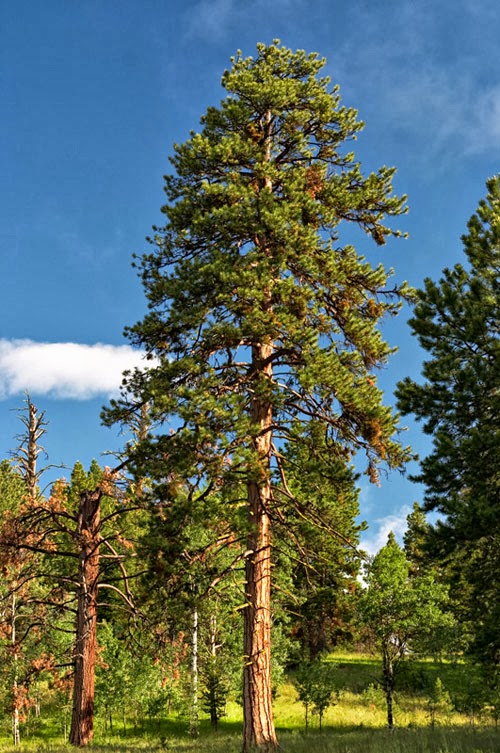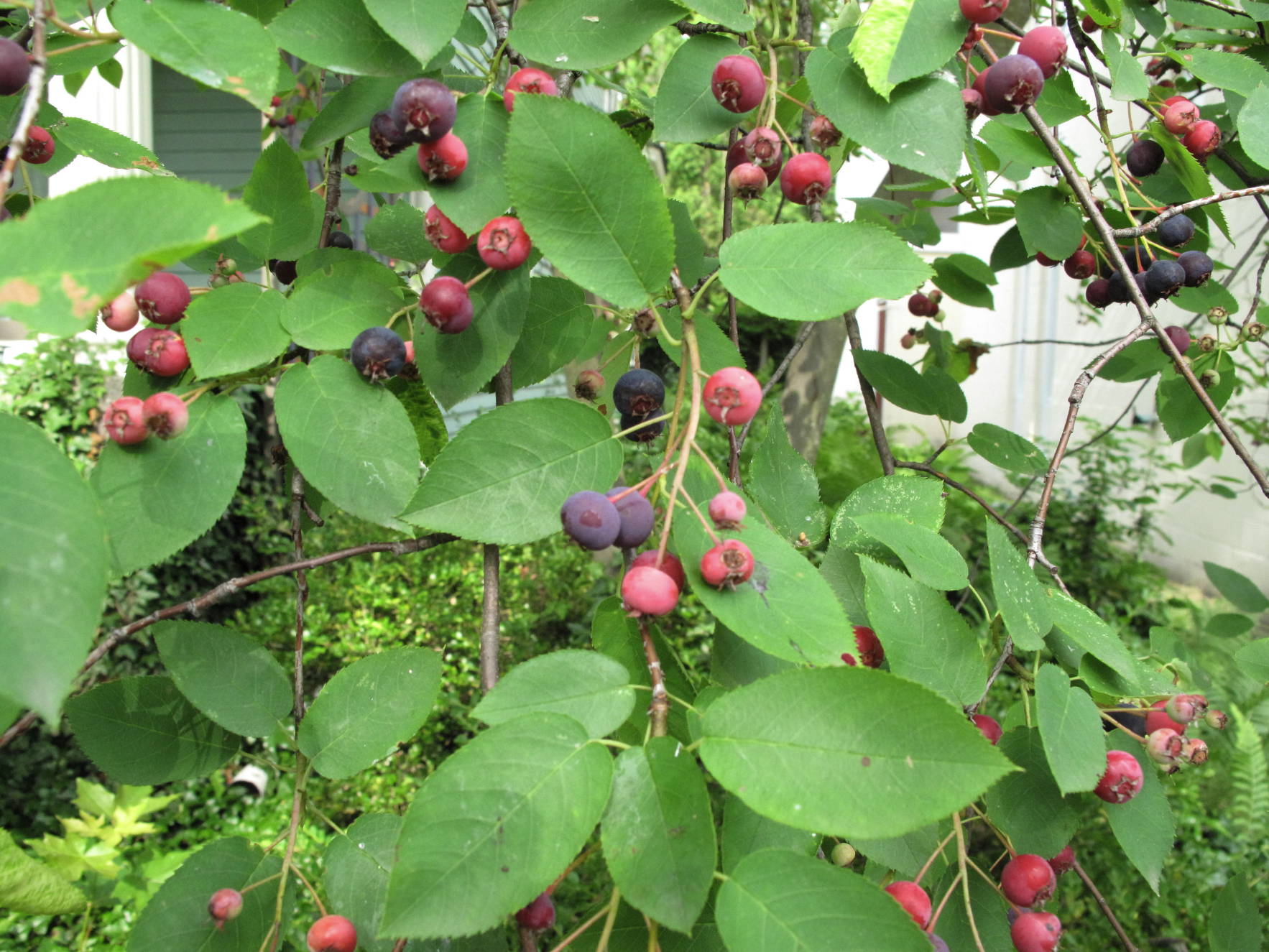Oregon's Native Trees: A Deep Dive into the State's Arboreal Wonders
Oregon's forests are iconic, a tapestry of green woven with diverse tree species that define the state's natural beauty. But what trees are truly native to Oregon? This exploration delves into the fascinating world of Oregon's indigenous trees, uncovering their ecological significance, their role in the state's history, and the challenges they face in a changing world.
From the towering giants of the Cascade Range to the windswept coastal forests, Oregon boasts a remarkable array of native tree species. Understanding these trees is crucial not only for appreciating the state's natural heritage but also for contributing to their preservation. This journey into the heart of Oregon's woodlands will reveal the unique characteristics of its native trees and highlight their importance in maintaining a healthy ecosystem.
Identifying Oregon's native trees is a rewarding endeavor, allowing us to connect with the landscape on a deeper level. Whether you're an avid hiker, a curious nature enthusiast, or simply someone who appreciates the beauty of trees, this guide will equip you with the knowledge to recognize and appreciate the arboreal wonders that call Oregon home.
The indigenous trees of Oregon have shaped the state's history and culture, providing resources for indigenous communities and early settlers. From the mighty Douglas-fir, a cornerstone of the timber industry, to the western redcedar, revered for its durability and spiritual significance, these trees have played a vital role in Oregon's development. Today, they continue to contribute to the state's economy and ecological well-being.
However, Oregon's native trees face numerous challenges, including climate change, invasive species, and habitat loss. Understanding these threats is essential for implementing effective conservation strategies and ensuring the long-term survival of these invaluable natural resources. This exploration will delve into the complex issues facing Oregon's native trees and highlight the ongoing efforts to protect them.
Historically, Oregon's native trees were integral to the lives of Indigenous peoples. The wood was used for building homes, canoes, and tools, while the bark and roots provided materials for weaving and medicine. Today, the sustainable management of these trees is essential for maintaining biodiversity and supporting local economies.
The Douglas-fir, Oregon's state tree, is a prime example of a native species with immense ecological and economic importance. It provides habitat for a wide range of wildlife and plays a critical role in carbon sequestration. Other notable native trees include the western hemlock, ponderosa pine, and Oregon white oak, each contributing to the intricate web of life within Oregon's forests.
One key benefit of planting native trees is their adaptability to local climate conditions. They require less watering and maintenance compared to non-native species. For example, the Oregon white oak is drought-tolerant and thrives in the dry summers characteristic of the Willamette Valley.
Another benefit is their support for local wildlife. Native trees provide food and shelter for a variety of insects, birds, and mammals. The Oregon ash, for instance, is a host plant for several butterfly species.
Finally, native trees enhance the aesthetic beauty of Oregon's landscapes. They contribute to the vibrant tapestry of colors and textures that define the state's natural heritage. Imagine the vibrant fall foliage of the bigleaf maple or the graceful silhouette of a western redcedar against the skyline.
Advantages and Disadvantages of Focusing on Native Trees
| Advantages | Disadvantages |
|---|---|
| Ecosystem Support | Limited Variety for Specific Landscaping Needs |
| Climate Resilience | Slower Initial Growth Compared to Some Non-Natives |
| Reduced Maintenance | Potential Availability Issues at Nurseries |
Frequently Asked Questions:
1. What is the tallest native tree in Oregon? (Douglas-fir)
2. What native tree is known for its bright fall foliage? (Bigleaf Maple)
3. Where can I find information about identifying Oregon trees? (Oregon Department of Forestry website)
4. Are there any protected native tree species in Oregon? (Yes, several)
5. How can I contribute to the conservation of Oregon's native trees? (Plant native trees, support conservation organizations)
6. What are the main threats to Oregon's native trees? (Climate change, invasive species, habitat loss)
7. What is the lifespan of a Douglas-fir? (500-700 years)
8. Where can I purchase native Oregon trees for planting? (Local nurseries specializing in native plants)
Tip: When planting native trees, be sure to choose a location that provides adequate sunlight and drainage based on the specific needs of the species.
In conclusion, Oregon's native trees are an invaluable part of the state's natural heritage. They contribute to the ecological balance, provide economic benefits, and enrich the aesthetic beauty of the landscape. Understanding the diverse array of native tree species, their ecological significance, and the challenges they face is crucial for their long-term survival. By supporting conservation efforts and choosing to plant native trees in our own landscapes, we can help ensure that these magnificent arboreal wonders continue to thrive for generations to come. Exploring the forests of Oregon and connecting with these majestic trees is a rewarding experience, deepening our appreciation for the intricate web of life that sustains our planet. Take the time to learn about the trees that define your region, and become a steward of this precious natural resource. The future of Oregon's forests depends on our collective commitment to their preservation.

what trees are native to oregon | Kennecott Land

Oregon Native Trees List at Brian Clodfelter blog | Kennecott Land

Happy Trees Coloring Page Three Smiling Trees Outline Sketch Drawing | Kennecott Land

List Of Evergreen Privacy Shrubs Simple Ideas | Kennecott Land

How Fast Do Pine Trees Grow In Alabama at Ramona Davis blog | Kennecott Land

what trees are native to oregon | Kennecott Land

Alnus rubra Red Alder | Kennecott Land

what trees are native to oregon | Kennecott Land

Can you identify the deciduous trees of Oregon | Kennecott Land

Ponderosa Pine Trees in Central Oregon near Bend Stock Photo | Kennecott Land

How To Identify Common Oregon Trees | Kennecott Land

Serviceberries or Juneberries Or Sugarplums Shadberries or | Kennecott Land

Trees to Know in Oregon and Washington | Kennecott Land

Alnus rhombifolia White Alder | Kennecott Land
what trees are native to oregon | Kennecott Land